The planting method and Propagation of Flowers-Camellia
Camellia, also known as Camellia, is an evergreen shrub or small tree of the family Theaceae. Originated in China, it is one of the famous traditional flowers in China.
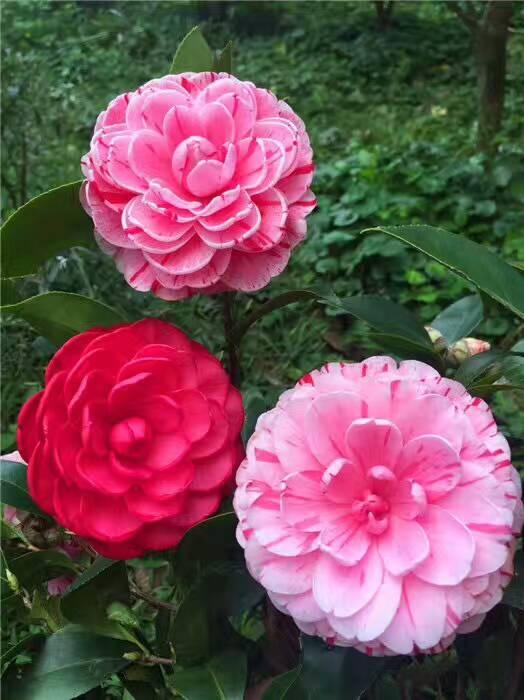
Camellia tree beautiful, luxuriant leaves, flowers, red as fire and white as jade, under the green leaves arch, appears extremely delicate and elegant and chic. Camellia is gorgeous but not demon, and has a long life; the tree is vigorous and straight, evergreen all the year round, and blossoms from February to March, which is the season with few flowers, so it is very suitable to watch potted plants. Camellia is also suitable for South Park and garden layout, suitable for decorating living room and study, and suitable for window and balcony, which adds joyful atmosphere and interest to New Year's Day and Spring Festival.
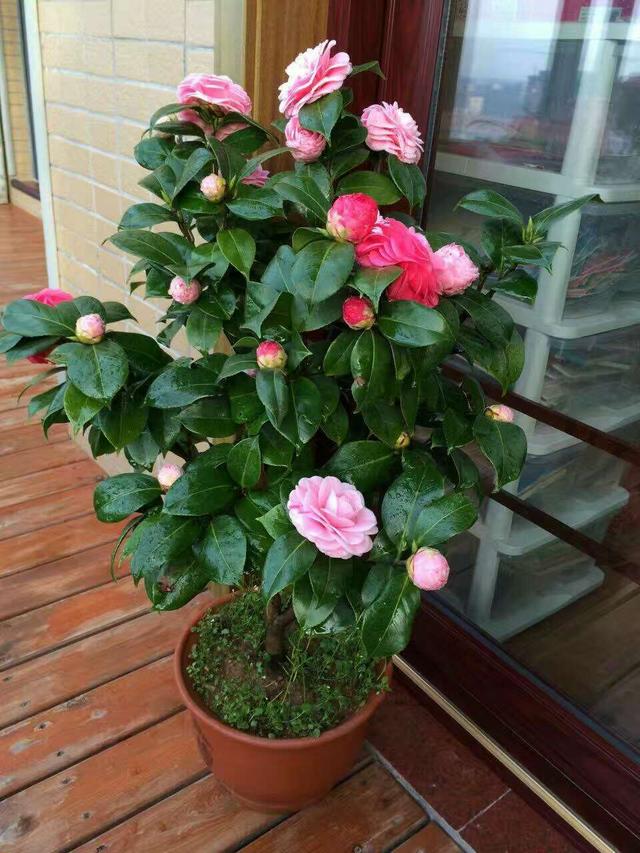
1. Selection of pot soil and pot for camellia culture
According to the growth characteristics of camellia, the mixed soil with slightly acidic, loose, fertile and good drainage should be selected as basin soil. Special attention should be paid to good drainage and do not use calcareous soil. The proportion of mixed soil is 6 parts of red soil, 3 parts of orchid mud (rotten leaf soil) and 2 parts of fine sandy soil.
The size of the basin should be moderate, not too big or too small. The general ratio of pot to seedling is: a camellia with a height of 40 cm and a crown of 20 cm should be planted in a purple sand basin or tile basin with a caliber of about 20 cm. Other sizes, and so on.
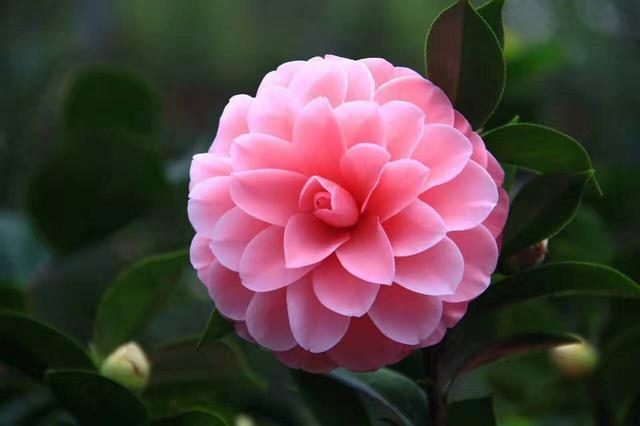
two。 The pot time of camellia culture
The potting time is November in winter and February to March in early spring. At this time, the buds are enlarged and the flowers are in full bloom, which is the most suitable for pots. When the flowers are withering and the new roots are still sprouting, if you want to put them on the pot, you must pay special attention not to hurt the roots. Generally stop potting before and after the sprouting period, because at this time the new shoots are waiting to be sent and the leaves are developed, which requires a lot of water, such as pots, new roots are injured, which can easily affect the growth and development of the year. High temperature and severe winter season also avoid pots, so as not to cause plant atrophy and death.
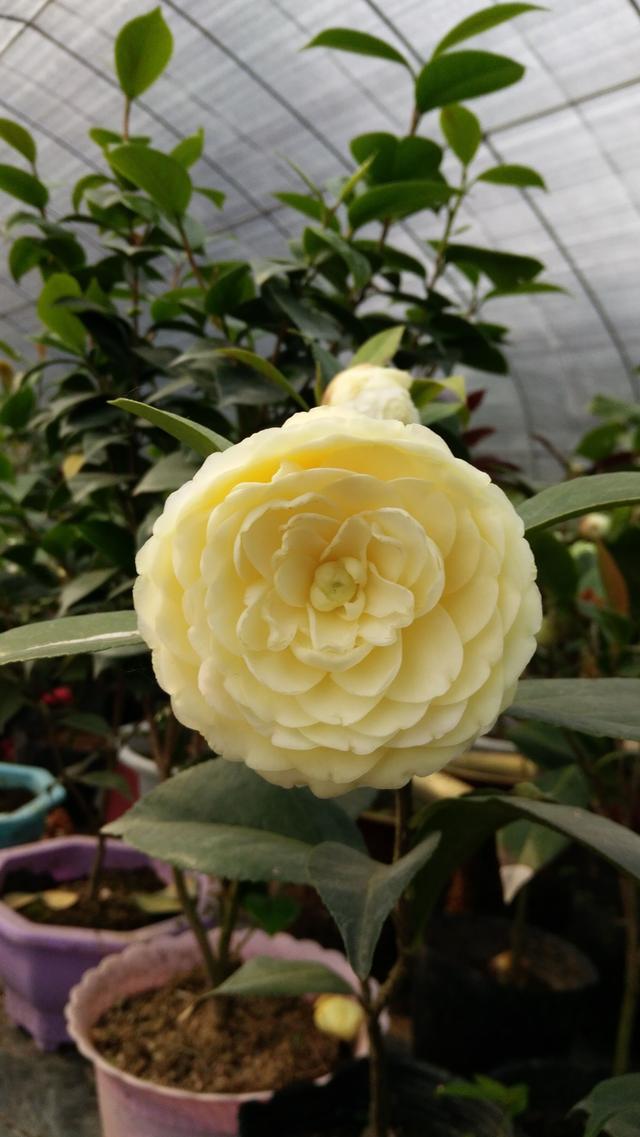
3. The pot method of camellia culture
First put 3 or 4 pieces of broken tiles on the bottom hole of the selected flowerpot, then fill part of the coarse soil, plant the seedlings in the basin, fill the root with fine soil, then slowly place the larger grain of pot soil all around the basin, gently shake the basin and press it by hand to make the basin soil close to the root. Large pots can be gently compacted down with bamboo sticks, and be careful not to hurt their roots. The basin soil should account for 4% of the basin height and 5% for watering.
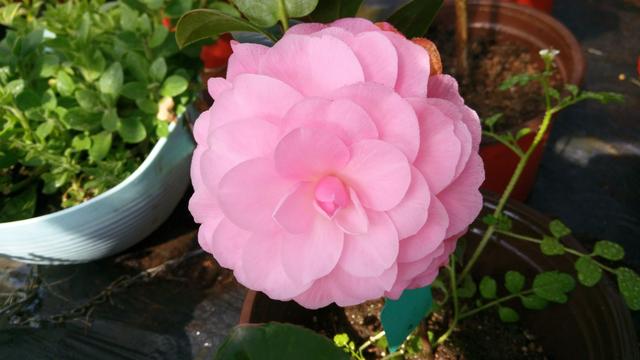
4. Watering method of Camellia Culture
The seedlings newly put on the pot should be watered for the first time until the bottom of the basin is permeated.
The seedlings newly put on the pot should be kept moist and can be watered like other pot seedlings after 2 months. The frequency of watering depends on the climate, based on the principle of keeping the soil moist. Generally, it can be watered more in spring to meet the needs of sprouting and shooting. summer watering should be carried out in the morning and evening; water should be prevented in the Meiyu period, timely watering in autumn drought, and watering in winter should be carried out at noon to prevent the basin soil from freezing, and the soil is dry and frozen more intensely.
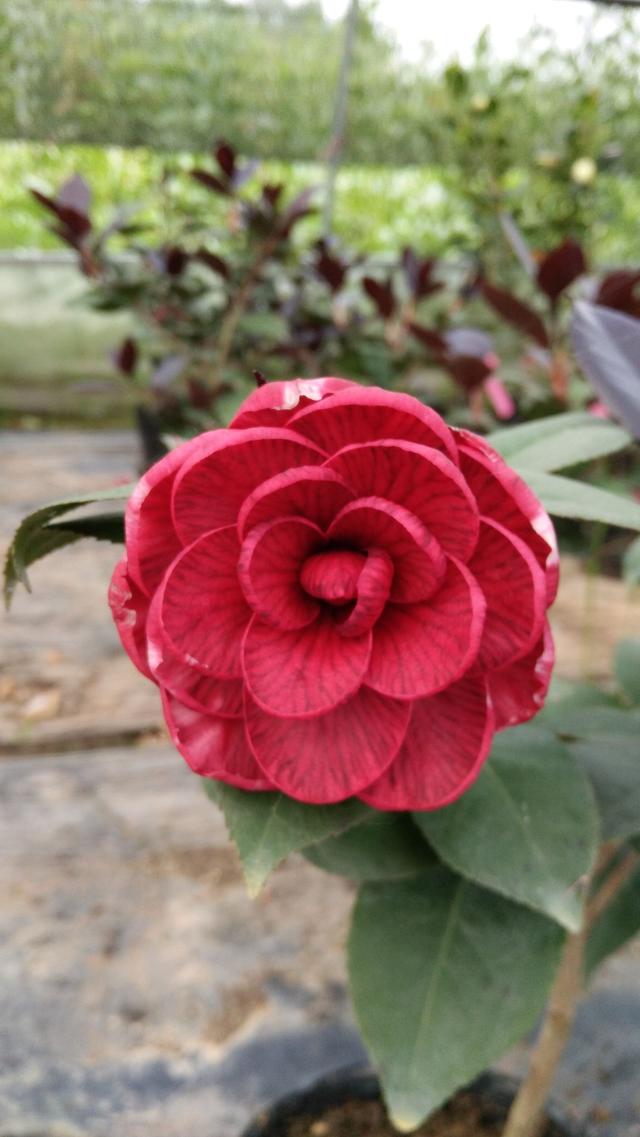
5. Fertilization methods for Camellia Culture
Camellia does not like fertilizer very much, so it is not necessary to apply too much fertilizer. Generally, it is fertilized for 2 or 4 times from 10 to 11 months before flowering and 4 to 5 months after flowering.
General use of mixed fertilizers (human feces and urine, cake fertilizer, barnyard manure, phosphate fertilizer), it is best to give priority to phosphate fertilizer, nitrogen fertilizer as a deputy, in order to prevent branches from growing and flowers decreasing. All kinds of fertilizers must be fully mature and used, but rapeseed cakes and fish meal can be removed directly on the soil surface without decay, covered with a thin layer of soil, and allowed to slowly rot and seep into the soil for root absorption.
The amount of fertilizer application should be mastered that the strong seedlings should be applied more, and the weak seedlings should be applied less or not. for the seedlings whose growth is too weak, replace the pot soil instead of fertilization, the effect is also very good.
6. Shading and cold protection methods for camellia culture
Camellia prefers a warm and humid climate, and too cold and heat are not conducive to growth and development. The potted camellias should be given plenty of sunshine in spring and Meiyu period, otherwise the branches are weak, which can easily cause bituminous disease and shell insects, or epiphytic moss, resulting in withered branches, senescence or death. The high temperature season in summer and autumn should be sheltered and cooled in time. When the temperature drops below zero in winter, it will cause buds to fall off or stamens to be frozen, affecting the quality of flowering. Therefore, the indoor overwintering temperature of potted seedlings should be kept at about 3Mel 4 ℃. If the temperature exceeds 16 ℃, it will promote early germination and serious defoliation and bud drop.
7. Control of Diseases and insect pests in Camellia Culture
The main pests of camellia are stem borer and shell worm. The main diseases are anthracnose on the leaf, black coal and mossy parasitism on the branches. The damaged branches should be cut off and sprayed in time.
8. Matters needing attention in Camellia Culture
Camellia is not suitable for intensity pruning, its flowers, leaves, buds develop for a long time, and the crown is formed evenly. Basically, there is no need for special pruning, just cut off disease and insect branches, over-dense branches, weak branches and truncated long branches.
Camellia is a multi-flowered tree species, especially on weak plants, if the buds are dense, it will consume too many nutrients, which is disadvantageous to the plant growth. Therefore, bud picking is an important part of cultivation and management, it is appropriate to leave 1 bud and 2 buds on each branch, only 3 buds at most, and keep a certain distance. The sparse buds can be used medicinally.
The flowering period of camellia is longer, and the whole flowering period is as long as half a year. Therefore, picking close to withered flowers in time is of great benefit to reduce nutrient consumption and enhance the tree potential.
9. Propagation methods of Camellia Culture
It can be propagated by sowing, cutting, striping, grafting and other methods, and it can be propagated by cutting and high branch pressing method.
The main results are as follows: (1) Cuttage propagation: cutting propagation is mostly carried out from May to June. It is appropriate to choose strong annual branches as cuttings, cut them into 10-12 cm long, leave the upper 2-3 leaves, and remove the lower leaves. Insert into Susha seedbed or flowerpot. River sand or loose mountain soil can be used as basin soil. After planting, pour water thoroughly, spray water properly later, keep the soil moist, and provide shade, it can take root in about 60-70 days.
(2) High branch striping propagation: the high branch pressing is mostly carried out between April and May. The method is to select the last year's branches, peel the ring in the high pressure part, and peel the ring 0.5 cm wide; wrap the ring peeling part with a moderate size plastic film, the length of which is 10-15 cm, tie up the lower mouth first, and fill the moist culture soil inside, often keep the soil moist, and then fasten the upper mouth; after root, you can cut it off and plant it again.
pictures are taken by the author in kind, and reprint is prohibited!
- Prev
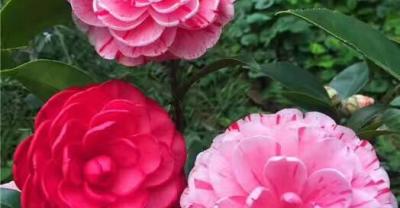
Planting method and Propagation of Flowers-- Dendrobium
Because Dendrobium is strong in nature and affable, it is known as "the flower of father". So how is Dendrobium cultured? Is there anything good about breeding?
- Next
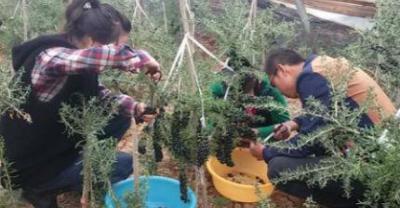
Some experience of Orchid balcony planting
First, the requirements for the cultivation substrate. Orchids like to grow in the sunny, ventilated, non-stagnant environment, so soil is the most basic element of a good orchid. Cultivate.
Related
- Fuxing push coffee new agricultural production and marketing class: lack of small-scale processing plants
- Jujube rice field leisure farm deep ploughing Yilan for five years to create a space for organic food and play
- Nongyu Farm-A trial of organic papaya for brave women with advanced technology
- Four points for attention in the prevention and control of diseases and insect pests of edible fungi
- How to add nutrient solution to Edible Fungi
- Is there any good way to control edible fungus mites?
- Open Inoculation Technology of Edible Fungi
- Is there any clever way to use fertilizer for edible fungus in winter?
- What agents are used to kill the pathogens of edible fungi in the mushroom shed?
- Rapid drying of Edible Fungi

